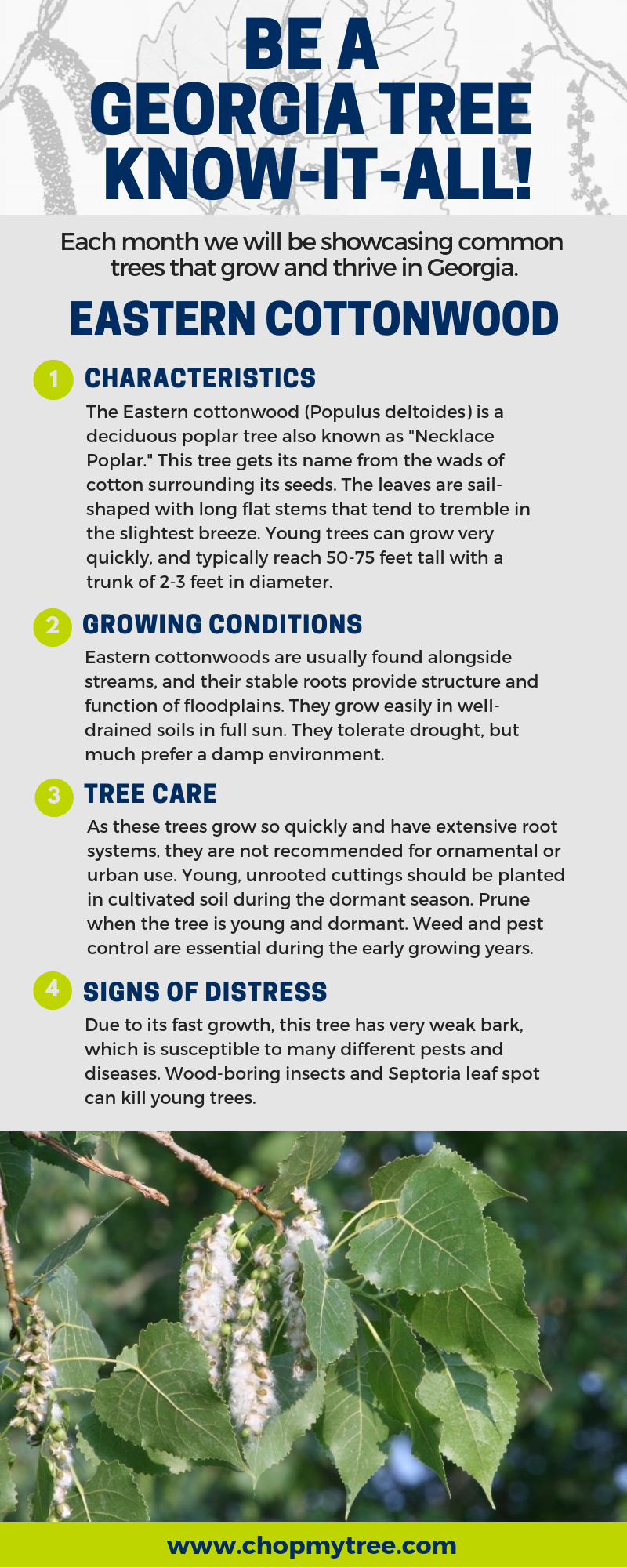A Long Winter’s Nap: How Deciduous and Evergreen Trees Survive the Winter
Winter brings major changes to the landscape, as you already know. Many trees lose their leaves – these are the deciduous bunch, who won’t grow new photosynthesizers until springtime.
Evergreens, on the other hand, keep their green all winter long. They don’t grow new needles until spring or summer either, however. Most of these are conifers, meaning they have and reproduce with cones, although a few evergreens – such as larches – are not.
The main question today is: How do trees survive the winter, and what is the difference between deciduous trees and evergreens?
Deciduous Dreaming
Trees that lose their leaves lose their ability to photosynthesize, and therefore to produce energy of any kind. Because of this, they must go completely dormant – in other words, they sleep hard. This is the only way to protect themselves from cold weather, making them much more resistant to the loss of sunlight, lack of food and plummeting temperatures.
To accomplish this, trees use a chemical known as abscisic acid, or ABA. This gathers at the tips of twigs, telling leaves to fall off and also telling cells not to divide – in other words, to stop growing. While the chemical is present during the cold period, the tree will do almost anything to avoid growth or other metabolic functions.
Needly Naps
Our evergreen friends take a slightly different approach. Instead of shutting down completely, they enter a super-cooled state in which their metabolic functions slow to almost nothing – but don’t actually shut down.
Evergreen trees, for instance, may still grow roots in the wintertime, so long as they’re underground where it’s warm enough. While there’s not enough light for significant photosynthesis, so they can’t feed themselves effectively, they can still make some energy from their needles.
Be aware that evergreens have more “sail” than deciduous trees, meaning that their needles give wind more to push against. That puts them in more danger during high winds and storms than their leafless counterparts. Watch out for damage from weather, even when trees are sleepy.
Continuous Care
While you should leave trees alone in the winter, for the most part, there is an exception: If your tree is damaged or sick, you should take care of it right away. Prolonged stress from a broken limb or significant lean can cause even more damage to a tree. Therefore, if yours has suffered damage from a storm or another catastrophe, it’s critical you get the help you need.
That’s where Premier Tree Solutions comes in. We provide storm cleanup and damage control, as well as branch and brush clearing to prevent spring infestations of mold, mildew, fungus and pests. If your trees need care, even in winter, we invite you to get in touch today.








